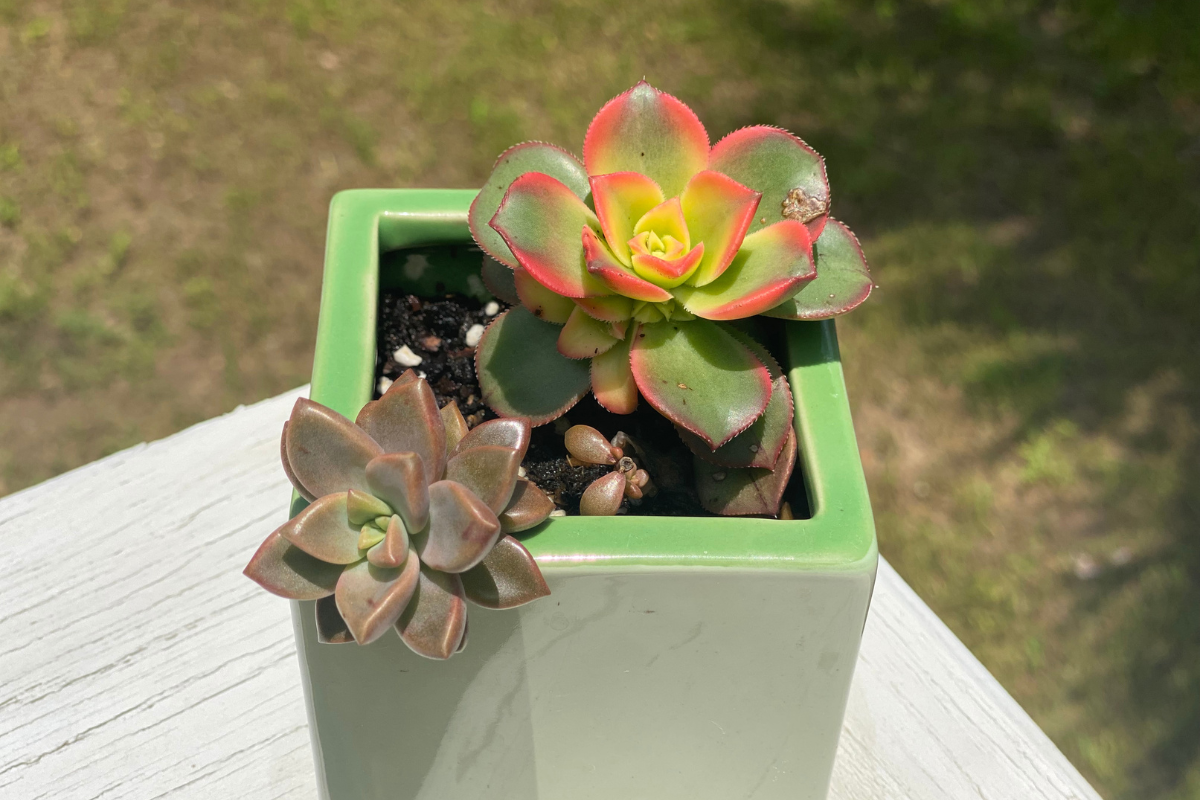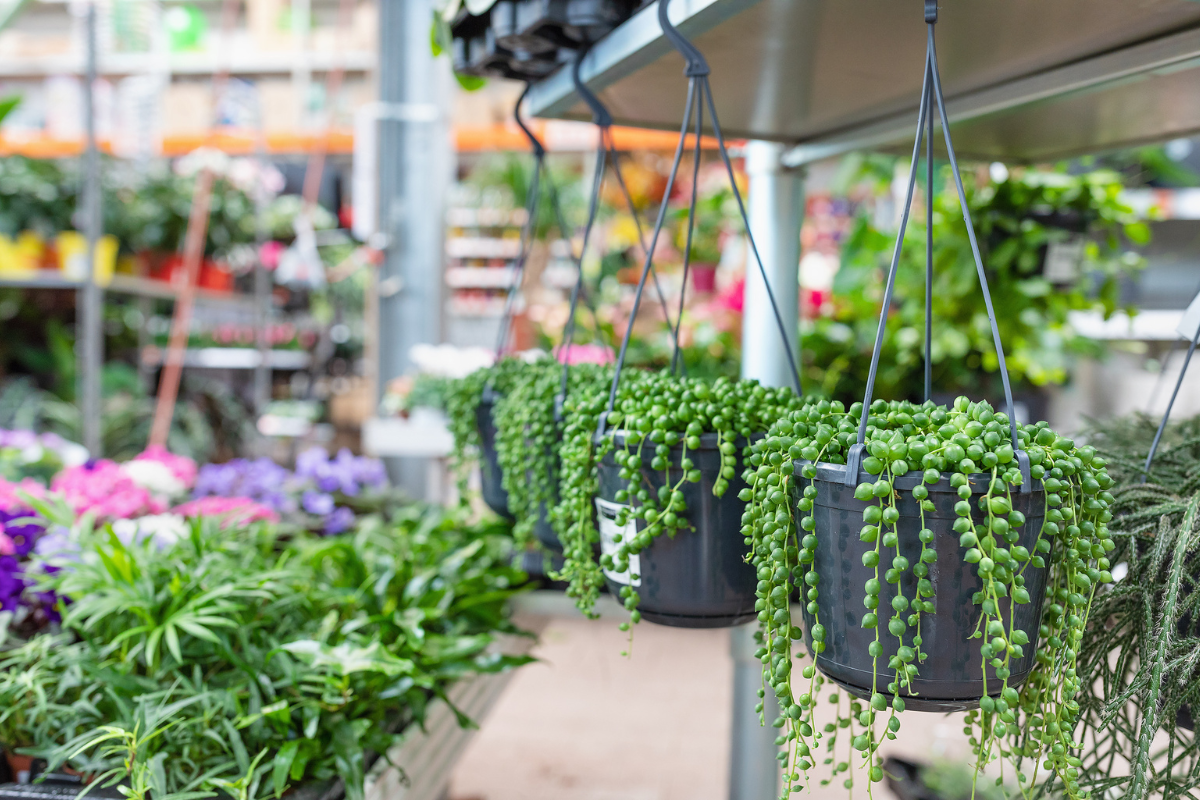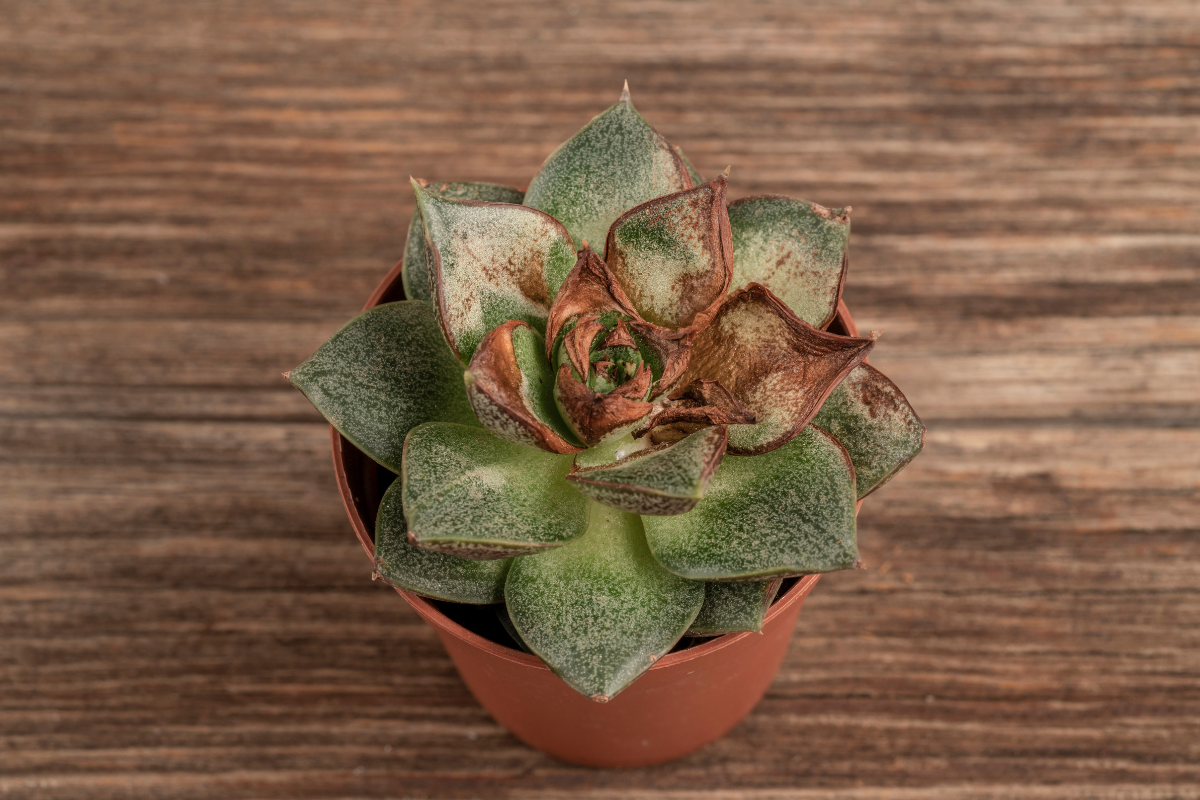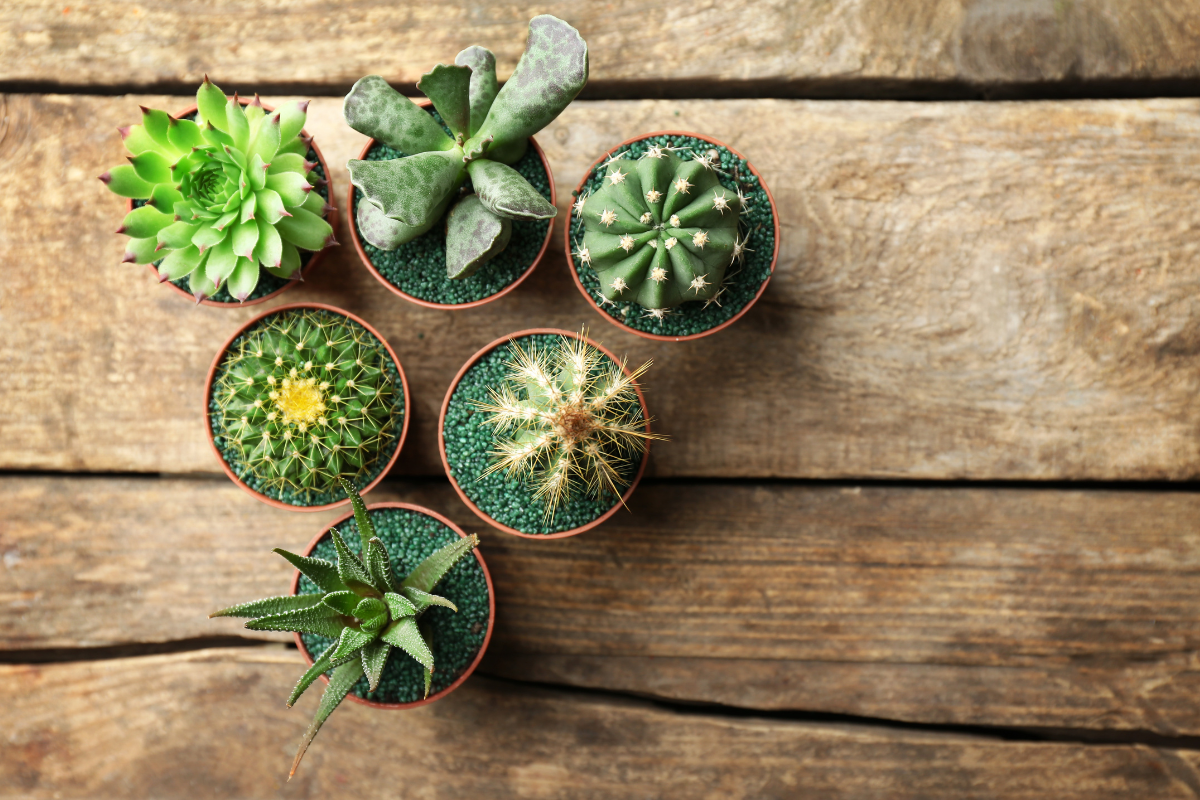Are you a succulent lover wondering whether your plants like humidity?
Succulents are known for their ability to thrive in dry environments, but what about high moisture levels?
In this blog post, we’ll find the answer to the question do succulents like humidity and also explore the effects of humidity on these beautiful plants and how to properly care for them in humid conditions.
Table of Contents
Humidity is the level of moisture present in the surrounding air. And it can vary based on external factors like temperature, location, and weather.
Humidity levels can have a significant impact on our environment, health, and even on our plants.
High humidity generally can cause mold and mildew growth and make temperatures feel hotter than they are.
In terms of succulent care, understanding humidity levels is crucial for their survival.
While these are certain succulents for humid conditions. They still require special attention to prevent root rot or fungal diseases from developing in a high humidity environments
Do succulents like humidity?
Succulent plants are generally native to dry environments such as deserts where humidity is usually low.
They have adapted over time to survive long periods without water and by storing water in their leaves and stems.
Therefore, excessive moisture and humidity can cause root rot and eventually kill them.
However, this does not mean that they do not need any moisture at all.
Succulents still need occasional watering but should be allowed to dry out completely between watering sessions.
Also, during summer or hot weather conditions, misting (spraying water) your succulent can help increase its hydration level without causing harm.
While some degree of humidity is necessary for healthy plant growth for most plants – including succulents- too much or little of it can be detrimental to their health and growth pattern.
How to care for succulents in high humidity
When it comes to caring for succulents in high humidity, there are a few things you can do to ensure their health and happiness.
- Water Drainage – Make sure your potting soil is well-draining and airy. This will prevent water from sitting around the roots of the plant for too long, which can lead to root rot.
- Avoid Overwatering – While it may be tempting to give your succulents more water since they’re in a humid environment, this can actually harm the plant by drowning its roots.
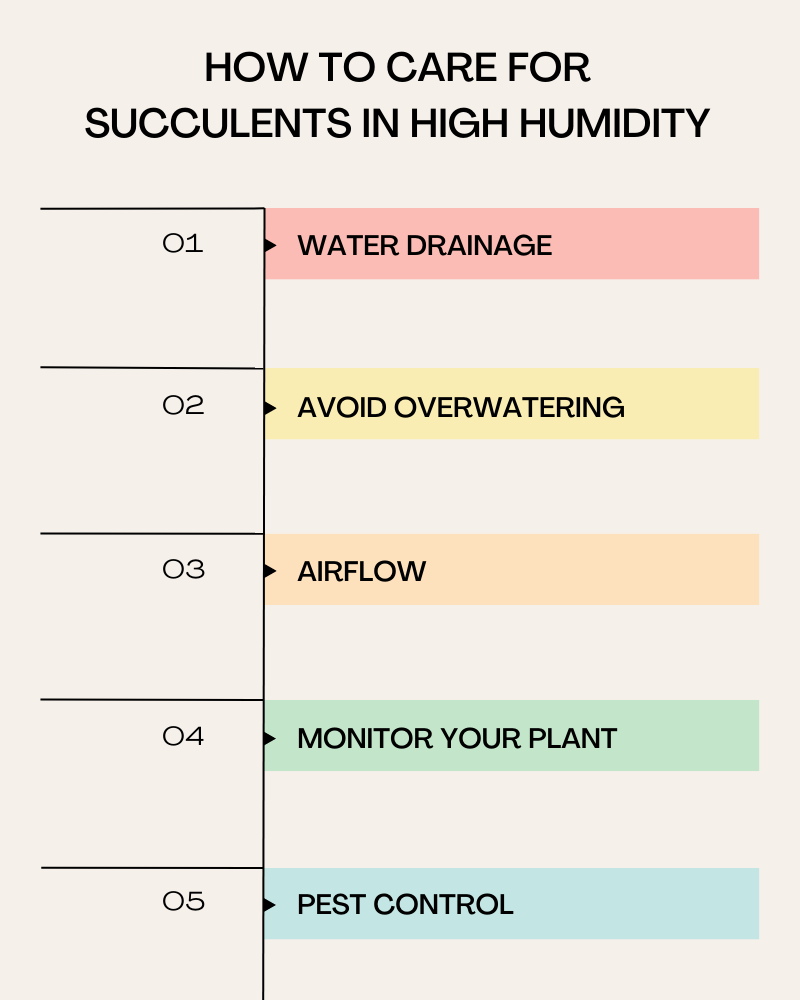
- Airflow – Consider using a fan or opening windows to promote airflow around your succulent leaves. This will help prevent excess moisture from settling on the plant’s surface and potentially causing fungal growth.
- Monitor – Keep an eye out for any signs of stress or disease in your succulent.
- Pest Control – High humidity can create favorable conditions for pests such as spider mites or mealybugs, so regularly inspecting your plants will help catch any issues before they become severe.
By following these simple steps, you’ll be able to care for your succulents even in high-humidity environments!
Conclusion
Succulents can thrive in a wide range of humidity levels depending on their species and origin.
Therefore, it is recommended to keep the relative humidity level between 30% and 60% for most succulent plants.
You should also ensure proper drainage by using well-draining soil mixtures, avoiding overwatering or misting directly onto the leaves.
Remember that every plant is different and has specific requirements when it comes to its environment; therefore, do not hesitate to experiment until you find what works best for your individual succulent collection!
